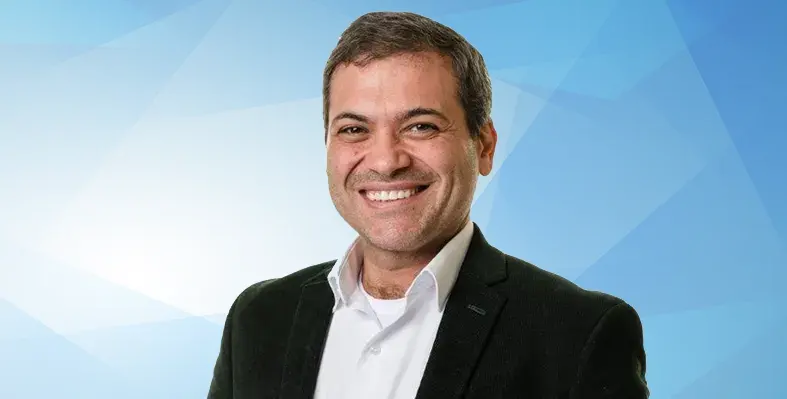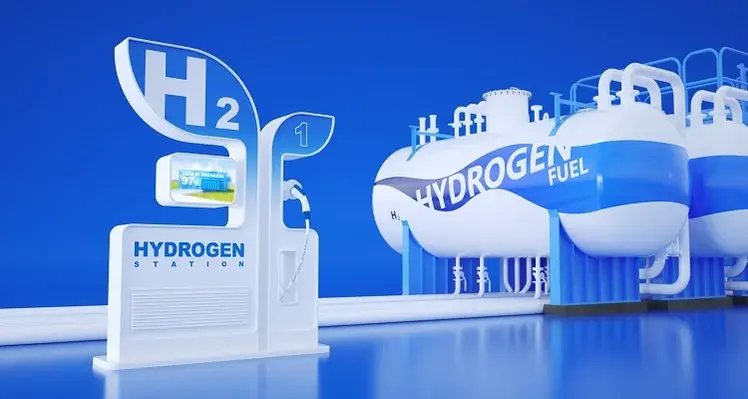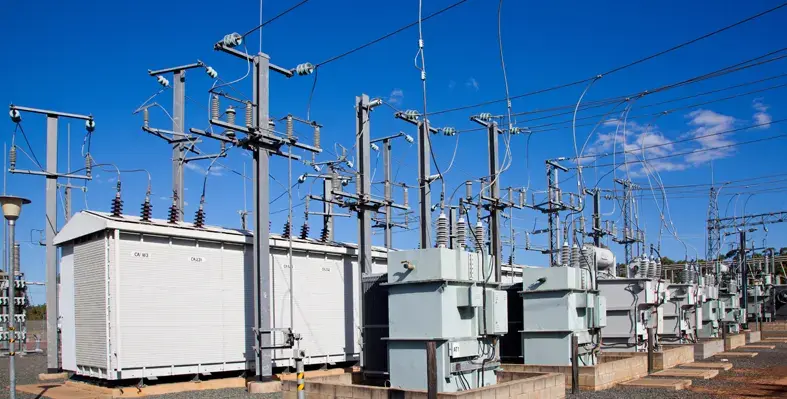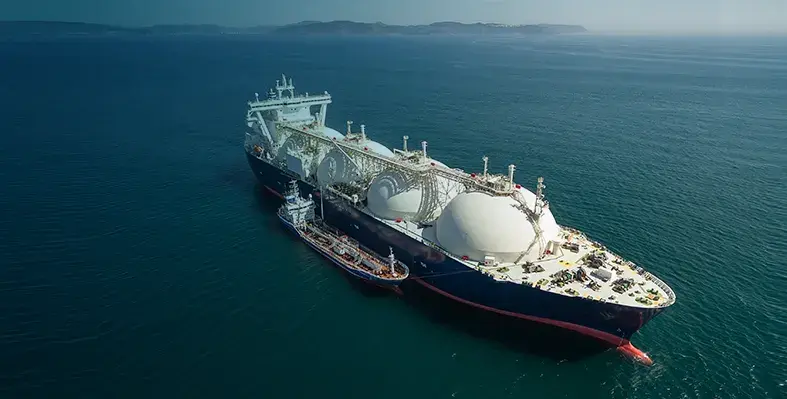
Fadi Al-Shihabi, partner, sustainability solutions leader, KPMG Middle East. (Image source: KPMC Middle East.)
Fadi Al-Shihabi, partner, sustainability solutions leader, KPMG Middle East discusses how the Gulf states are turning the fossil fuel legacy into a blueprint for a circular economy
The World Meteorological Association has predicted that global temperature is likely to exceed 1.5°C above pre-industrial levels temporarily in the next five years. Amid rising global investments in renewable energy, governments are strengthening their climate action plans as they target urgent implementation over the next few years.
In the GCC region, Gulf nations are embracing a forward-thinking policy to address environmental challenges, setting a global benchmark for how circular economy practices can drive sustainable economic growth. Their National Visions – including Saudi Vision 2030, UAE Green Agenda 2030, Oman Vision 2040 and Qatar National Vision 2030 – all envisage advancing sustainable industrial development, emphasising energy efficiency, waste reduction and renewable resources.
Transforming manufacturing is the key to reducing waste and energy consumption, promoting responsible consumption and reducing environmental impact. In this context, the evolution of the Gulf's manufacturing sector is a testament to the region's adaptability and foresight. We are also seeing the enhancement of value chains in the region through the production of more raw materials locally, fostering cross-sector synergies to boost industrial localisation efforts. By leveraging their expertise in energy production and their significant financial resources, GCC nations are not only keeping pace with global sustainability trends but are setting new standards in socio-economic development.
Making the circular economy a reality in the GCC
The GCC is steering toward zero landfill as part of its ambitious net-zero targets. Key efforts include waste-to-energy projects and increased recycling, both of which are reshaping the manufacturing sector, by promoting green, circular economy practices and advancing sustainable development across the region.
Additionally, research continues to drive innovation, particularly in advanced waste conversion technologies. The UAE introduced a circular economy policy in 2021, which implements resource efficiency, minimises waste, and fosters economic value from materials traditionally considered waste. Furthermore, Saudi Arabia's bold recycling initiative aims to recycle 95% of its waste, contributing US$31.99bn to GDP, creating 100,000 jobs, and positioning the Kingdom as a global leader in sustainability by 2040 through advanced waste management strategies. While Qatar's Ministry of Municipality plans to build an engineered landfill in Al Khor, adhering to the highest international standards, and operating a plant for recycling materials.
In Saudi Arabia, Clorox's Dammam and Jeddah plants have already achieved 100% zero waste to landfill. Additionally, KAUST startup Edama Organic Solutions has opened the Kingdom's first organic waste recycling facility at the KAUST Research. Oman too is launching its first Waste-to-Energy (WTE) project, which is expected to cut landfill carbon emissions by 50 million tons over 35 years.
Each of these projects exemplify the shift to a circular economy, with resource efficiency principles woven into national economic and environmental strategies. The approach goes beyond just waste reduction, aiming to extract value from it instead. An example is the ambitious e-waste recycling project in Salalah, the largest in Oman. This initiative tackles the rising issue of electronic waste while creating new economic opportunities, solidifying Oman’s position as a leader in sustainable waste management and resource efficiency.
Overcoming obstacles
There is no doubt that the shift towards sustainability is opening new markets and driving demand for eco-friendly products and services. Companies that prioritise sustainability are finding themselves at a competitive advantage, fostering both environmentally conscious consumers and investors.
Despite notable progress, several hurdles still impede the full implementation of effective waste management systems. With robust regulations still being in the works, and high initial costs, particularly for advanced technologies, remain a significant barrier. Additionally, on a wider scale, limited recycling infrastructure restricts broader adoption.
Additionally, greater public awareness and engagement are needed to drive meaningful behavioral change. These challenges also offer opportunities for innovation, investment, and policy reform. By addressing these issues, the region could unlock more cost-effective solutions, foster new partnerships, and pave the way for sustainable and efficient waste management practices.
Gulf nations are also tapping into their energy production expertise to drive waste-to-energy initiatives, marking a decisive move toward sustainable development. This niche area of expertise that had traditionally been utilised in oil wealthy nations but has been rare to find globally, is an essential piece of the puzzle to extend the reach of renewable energy and its accessibility.
The road ahead
The road to a circular economy and waste reduction is set to positively impact the employment market, as the Middle East invests around US$1 trillion in clean energy over the next decade, marking a transformative shift in the region’s economic landscape. This substantial investment is projected to generate around 300,000 new jobs by 2030 and inject an additional US$100bn into the regional economy, underscoring the Gulf's growing commitment to sustainable growth and energy diversification.
As we look to the future, the Gulf region's journey from oil dependency to green innovation offers valuable lessons for other resource-dependent economies within the region. It demonstrates that with vision, commitment, and strategic investment, it's possible to turn the legacy of fossil fuels into a blueprint for a sustainable, diversified economy.
The sands are shifting in the Gulf, and as they do, they are revealing a green oasis of opportunity – one that promises a more sustainable and prosperous future for the region and the world.
-----









